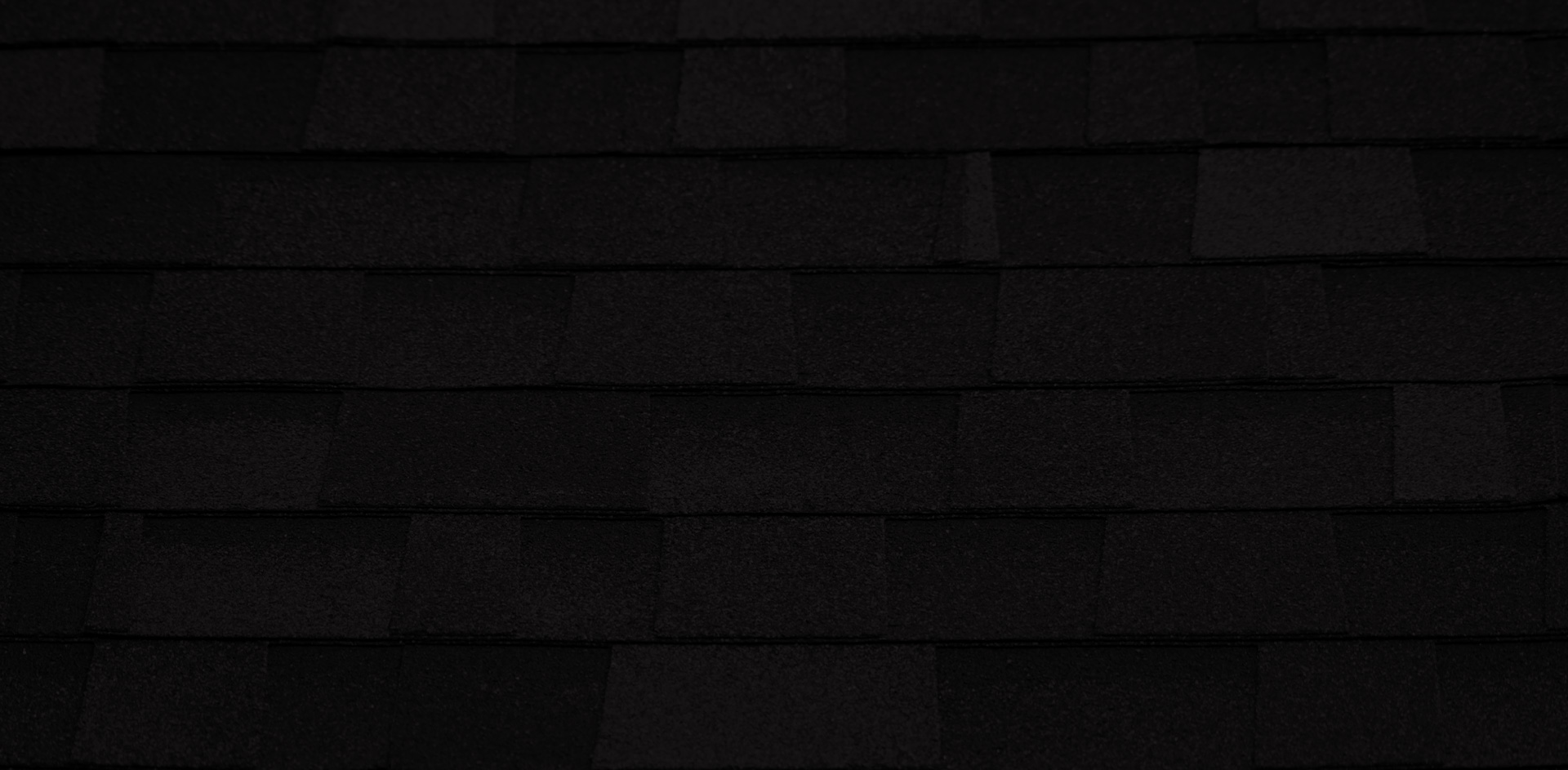Flat roofs are usually used in commercial buildings, but they’ve recently made a comeback in residential roofing. And just like sloped roofs, they need to be maintained regularly to ensure their durability and longevity. This autumn, follow these simple roof maintenance tips to keep your flat roof clean and sturdy.
1. Keep your flat roof’s surface clean
If leaves, twigs, and other debris land on your flat roof, chances are, they’re going to stay there unless someone removes them or strong winds blow them away. Even heavy rainfall can't easily wash away debris on your flat roof. Debris may be able to exit through the gutters, but if it is too big for the gutter opening or if it goes down askew, it can cause blockage and impede water flow.
In short, any kind of debris is bad news for your flat roof. Call in a roof maintenance expert to clear your roof and gutters of debris.
Any kind of debris is bad news for your flat roof. Call in a roof maintenance expert to clear your roof and gutters of debris.
2. Check for ponding water
Another thing to look out for is ponding water. Because flat roofs have very little to no slope, water can pool in areas where the roof dips. Pooling can also be a sign of inadequate drainage, so get your gutters fixed immediately if you don’t want your roof to sag and rot due to standing water.
Before winter comes, hire roofing experts who can remove ponding water, level your roof, and ensure adequate drainage.
3. Inspect any equipment attached to your roof
Flat roofs are perfect for mounting heating, ventilation, and air conditioning (HVAC) systems, satellites, solar panels, and the like. But if these equipment are not properly attached to your roof structure, they might get detached and cause damage. So before harsh weather conditions set in, have a roofing specialist assess all equipment attached to your roof to ensure that they’re securely fastened to the roof structure without puncturing the roofing materials.
4. Remove unnecessary roof stressors
Because of their design, flat roofs generally catch a higher volume of snow and water compared to sloped roofs. This can spell trouble, as flat roofs often already carry heavy equipment. When too much weight is placed on a part of the roof that’s not well supported, that area can collapse.
A roofing expert can prevent roof overloading by determining how much weight your roof structure can handle. They can also safely uninstall unnecessary roof equipment to reduce stress on your roof. It’s important that only a qualified roofing contractor handles roof equipment so that no warranties are voided.
5. Look out for leaks
Flat roofs— just like sloped roofs — are not impervious to leaks. In flat roofs, leaks can often be found around penetrations, or areas where the roof is punctured with holes. Roofing experts should check penetrations such as chimneys, pipes, skylights, or HVACs for leaks and other issues, like peeling sealants or loose membranes.
The perimeters or edges of your flat roof are also common areas where leaks develop. When metal flashings used to cover the perimeter get lifted or disfigured, water can get inside your building. It’s highly dangerous for an unskilled person to fix roof perimeters, which is why only trained roof contractors should do it.
Maintaining flat roofs requires expertise and exceptional workmanship — two qualities that D&D Roofing and Sheet Metal, Inc., Inc. is known for. We are Nevada’s leading roof company, recognized as the best roofing service in Carson City for nine years in a row! Get a complimentary roof assessment from D&D Roofing today.

